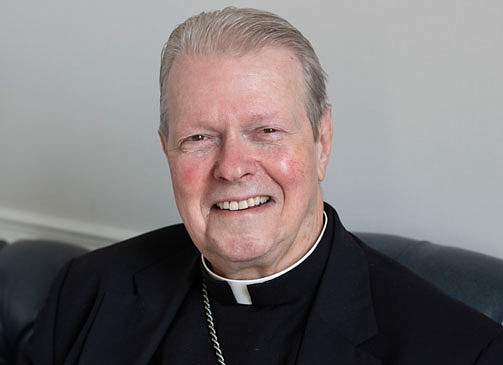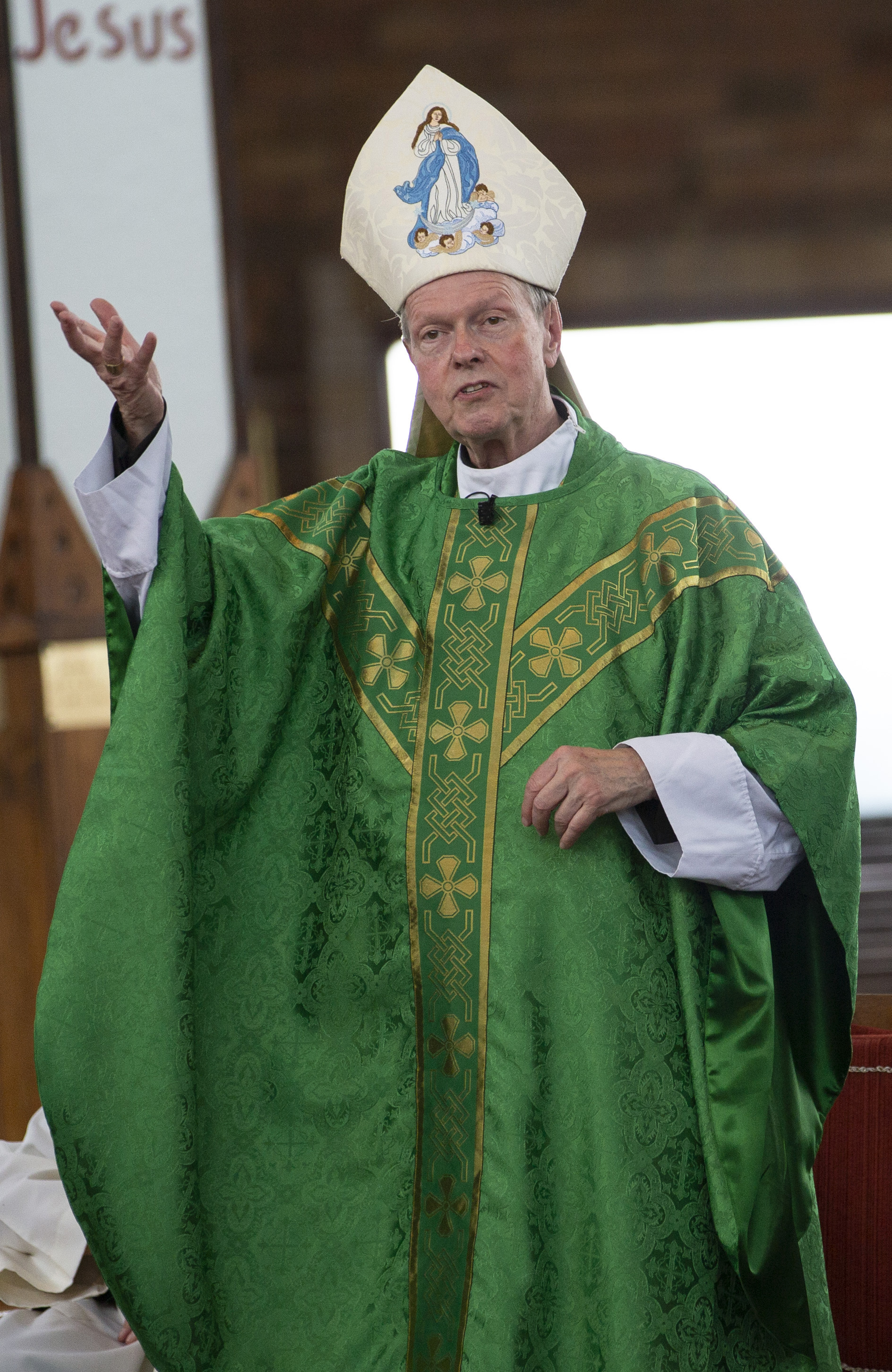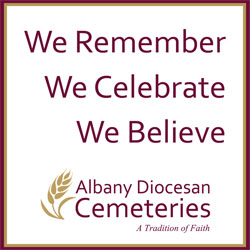September 26, 2024 at 7:00 a.m.
Any parish serious about its mission might from time to time want to ask, “who’s here?” Who exactly are “in” the parish, to whom is our mission directed, and are we staying connected. The mission of every parish is to serve. Identifying to whom and in what way that service is directed seems not only logical but useful so that resources may be identified, developed and properly directed. Before all else then it makes sense to ask, “who’s here?”
Am I presumptuous to think that an in-pew survey may not be the best way to find out “who’s here” unless church-going parishioners make up the better part of who is in the parish? Since COVID, in-person weekly attendance has diminished significantly, although downward trends have been reported since 1970. Even taking into account demographic shifts due to mortality and migration, is there reason to believe people no longer in the pews have just vanished?
By church law, parishes have delineated geographical boundaries. When asking “who’s here,” would it not be reasonable to consider not just the parish staff and regular church-goers, but also every person, every family within that territory, all our neighbors? Jesus himself was extraordinarily profligate in sharing his healing message and activity with a wide range of persons, as we read in the Gospels.
When asked, “who is my neighbor,” he even proposed a parable wherein a Samaritan ministered to a broken man whom a priest and a Levite, both religious representatives, passed by. Maybe the priest had affairs to attend to and the publican was on his way to a service. Each of them, no doubt, had an important “place” or “business” where THEY had to be at. The Samaritan, however, met the poor man where HE was at. If our people are not only those who come TO church, but also those around us to whom the Lord may be sending us, then how do we meet them? How do we even know who they are?
Decades ago, I remember it was customary for parishes to send out seminarians to take a door-to-door census during the summer months. The main purpose was to update the list of who in the neighborhood was Catholic and some fundamental, mostly sacrament-related, information about them. Federal agents take a census every 10 years, seeking data such as age, employment and (historically) even nationality, little more than a head count. Seminarians may have been instructed to engage in a conversation, such as what the Jehovah’s Witnesses and members of the Church of Jesus Christ of Latter-day Saints (Mormons) are known to do. Such visits may be or seem to be proselytic, that is, aimed at preaching and conversion. Is that how we start a conversation?
The “great commission” of Jesus, of course, impels us to do just that, to go into the whole world and to tell the good news. Before we consider how to fulfill the startlingly universal command — the whole world is, after all, the circle of every Christian’s concern — I am asking here first what we can and should do within our circle of influence, namely, the boundaries of our own parish. I am also proposing that the circle includes all of those within our parish boundaries, not only church-going Catholics.
Naturally, we want to draw the baptized into the full sacramental life of the Church, especially Catholics who may have, as we sometimes say, “lapsed” for some reasons. What, however, is most likely to bring them back? We who believe are fully committed to witnessing to the Real Presence of Jesus in the Mass and to promote the practice of reverent adoration and prayerful meditation on the mysteries of our faith through the Rosary, the sacramentals and catechesis by every means possible. Following more closely the ministry of Jesus himself, what we see is how personal his encounters were with those who eventually may have converted.
Examples are numerous. We hear them every week in the Sunday Gospels. The man born blind, the woman at the well, the deaf and mute man, the paralytics, lepers, the possessed and so on. In every case, Jesus engaged them in some conversation, often a lengthy one, expressing interest in or awareness of their history, their experience, their connections. Often he would touch them, sometimes in startling ways. Healings were not only individual, but aimed at restoring them to community life, including religious observance.
Applying his example to our parish experience, might not one of our main goals be to draw our neighbors into a relationship by first meeting them where they are and inviting them to tell their stories. We can certainly do this with the Scriptures and the presence of Jesus at hand, but the Bible and the Presence must first be in our hearts and souls. There is something irresistibly attractive about a person carrying the peace of Christ within them — who trusts Jesus has chosen them as a disciple and whose heart overflows with a desire to share that peace, which often begins not with preaching (“you should”), let alone scolding (“you shouldn’t”), but with listening and empathizing.
“What can I do for you,” is a question Jesus asked. His manner can inform our approach to a neighbor, who may be a stranger, a friend we have never met. Our encounter must include a desire to try to understand how the neighbor may need assistance. Almost everyone has some kind of infirmity, whether physical, emotional or spiritual, all of which are usually connected in some way. Or it may be a spouse, a child or a friend who is the source of concern. Loneliness, addiction, domestic violence, poverty, abandonment, joblessness, homelessness, hunger, mental and chronic illness are widespread enough, both in urban and rural settings. What and whom Jesus encountered every day of his life happens likewise in ours. They are his people and they are our people. They may not all be in church (just yet), but they are here. Why not start then with where they are?
Follow the Bishop @AlbanyDiocese.
- Sydney’s Christmas at the Cathedral to march to the beat of ‘The Little Drummer Boy’
- Sainthood effort begins for Mother Antonia, the nun who chose to bring Gospel behind bars
- Wake Up Dead Man: A Knives Out Mystery
- Seeking the one who has come
- Chicago priest concludes 57-day walking pilgrimage to New York for immigrants’ plight
- Lilly Endowment grants fund new bishops’ institute, internship program and more
- Venezuelan cardinal denied permission to leave country as María Corina Machado arrives in Oslo after harrowing exit
- For sister who can’t see, sculpture in Mexico allows her to venerate Our Lady of Guadalupe via touch
- Federal judge orders Kilmar Abrego Garcia released from ICE custody ‘immediately’
- Renowned New York Tenors bring powerful harmonies, Christmas magic to Delaware high school








Comments:
You must login to comment.